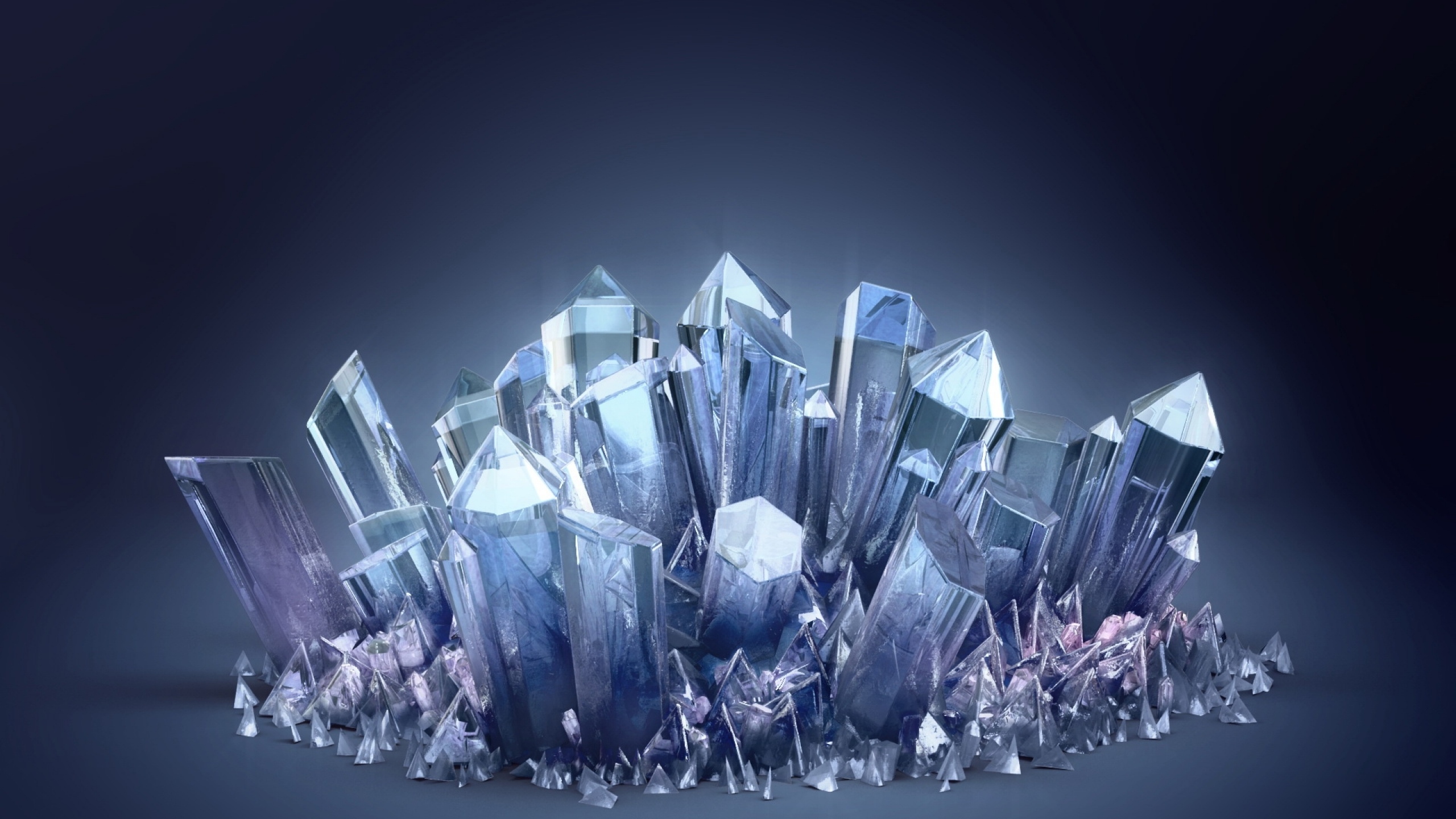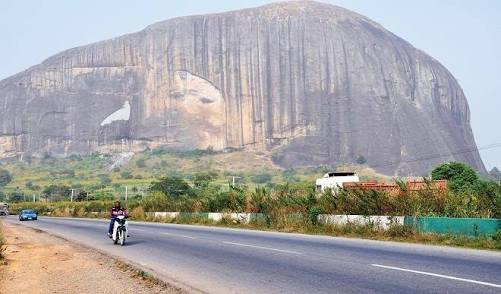Crystals, Minerals and Rocks, #Geologist notepad
A crystal is an orderly arrangement of molecules formed because the component atoms and ions tend to aggregate together in certain specific patterns. Sometimes very different minerals are formed from the same starting materials (such as diamond versus graphite, both pure carbon) as determined by the temperature, pressure, or other conditions of formation.
Image source
A mineral is (generally) an inorganic, naturally occurring, organized crystalline structure composed of a single chemical compound or element.
.jpeg)
Image source
A rock is (generally) a natural solid composed of multiple crystals of one or more minerals.
[Image source]
Definition of a Mineral:
A mineral is =>
Naturally formed - it forms in nature on its own (some say without the aid of humans].
Solid ( it cannot be a liquid or a gas)
With a definite chemical composition (every time we see the same mineral it has the same chemical composition that can be expressed by a chemical formula).
Characteristic crystalline structure (atoms are arranged within the mineral in a specific ordered manner).
usually inorganic, although a mineral can be formed by an organic process.
A mineraloid is a substance that satisfies some, but not all of the parts of the definition. For example, opal, does not have a characteristic crystalline structure, so it is considered a mineraloid.
Most abundant elements in earth’s crust
Because of the limited number of elements present in the Earth's crust there are only about 4000 minerals known.Only about 50 of these minerals are common.
The most common minerals are those based on Si and O: the Silicates.
O, Oxygen 45.2% by weight
Si, Silicon 27.2%
Al, Aluminum 8.0%
Fe, Iron 5.8%
Ca, Calcium 5.1%
Mg, Magnesium 2.8%
Na, Sodium 2.3%
K, Potassium 1.7%
Ti ,Titanium 0.9%
H, Hydrogen 0.14%
Mn, Manganese 0.1%
P, Phosphorous 0.1%
Properties of Minerals
• Color
• Luster
• Transparency (or diaphaneity)
• Crystal Systems
• Habits
• Twinning
• Cleavage
• Fracture
• Hardness
• Specific Gravity
• Streak
Habit - shape
Color
Streak (color of fine powder of the mineral)
Luster -- metallic, vitreous, pearly, resinous (reflection of light)
Cleavage (planes along which the mineral breaks easily)
Density (mass/volume)
Hardness:
Formation of Minerals
Minerals are formed in nature by a variety of processes. Among them are:
• Crystallization from melt (igneous rocks)
• Precipitation from water (chemical sedimentary rocks, hydrothermal ore deposits).
• Biological activity (biochemical sedimentary rocks)
• Change to more stable state - (the processes of weathering, metamorphism, and diagenesis).
• Precipitation from vapor. (not common, but sometimes does occur around volcanic vents).
Reference: http://www.tulane.edu/~sanelson/eens1110/minerals.htm




.jpeg)
.jpeg)
Very informative! My wife and I have recently started rock hounding. So I was happy to see this! We look for geodes and fossil's mostly. I found your opal information particularly interesting! Thanks for a great post!